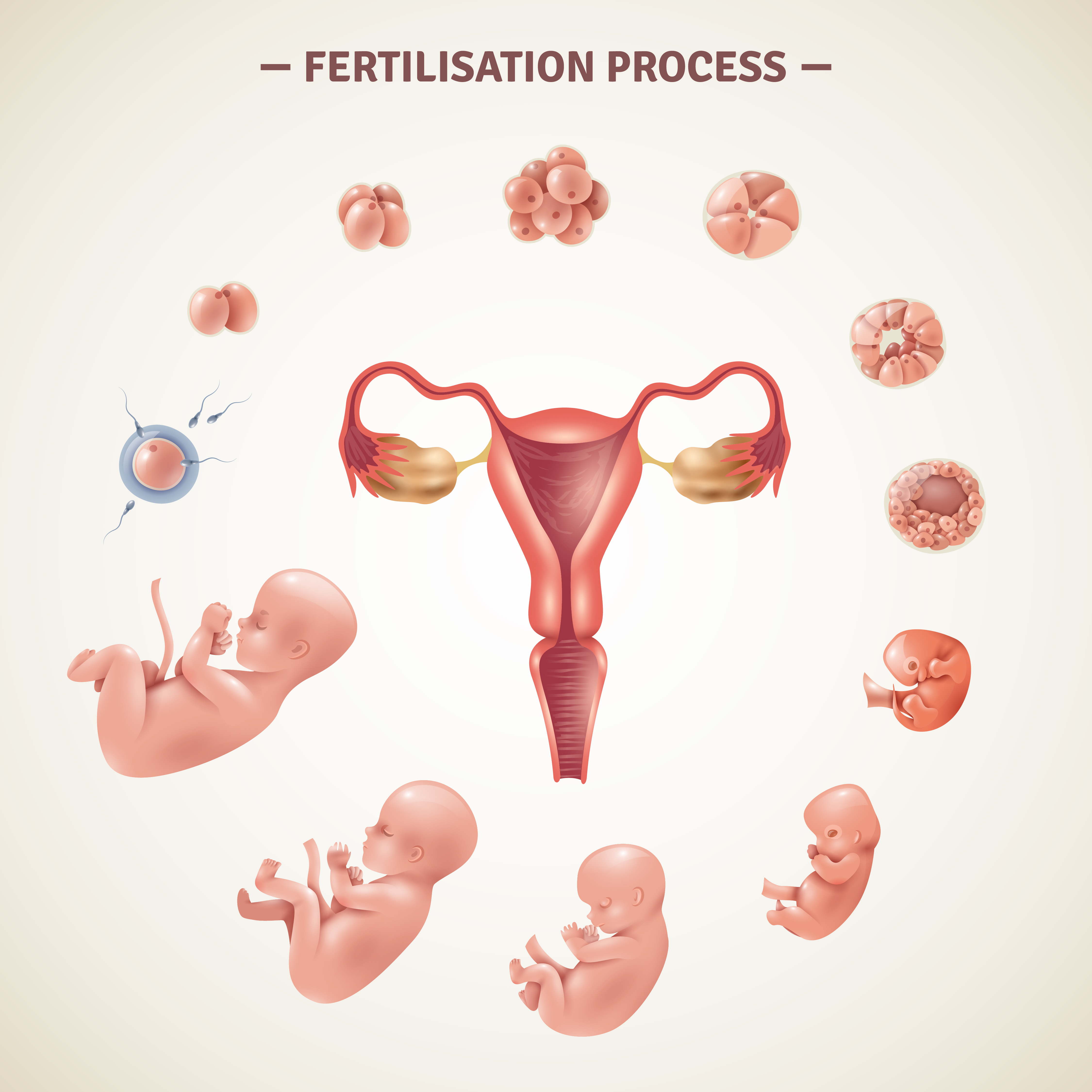The Definitive Guide for Common Mistakes People Make When Using Fertilizers and How to Avoid Them

Checking out the Environmental Impact of Excessive Fertilizer Use
Plant foods are important to modern farming, as they offer the required nutrients for plants to increase and thrive. However, extreme usage of plant foods can easily possess severe ecological effects. In this short article, we will definitely discover the ecological effect of excessive plant food make use of and its impacts on dirt top quality, water high quality, and biodiversity.
Soil Quality
One of the primary influences of extreme plant food use is a downtrend in ground top quality. Plant foods include higher degrees of nutrients such as nitrogen and phosphorus that can easily be unsafe to dirty wellness when utilized in extra. When these nutrients are overused, they can easily generate an inequality in the soil’s community that can lead to dirt deterioration. This deterioration can easily induce a reduction in dirt construct, which can produce it tough for plants to take root and develop properly.
In add-on, overuse of fertilizers can easily lead to an increase in sodium focus in the ground. This sodium accumulation may be toxic to vegetations and may cause them to shrivel or perish off completely. Moreover, Reference helps make it difficult for various other organisms such as earthworms or germs that are critical for keeping well-balanced dirt ecosystems.
Water Quality
Too much fertilizer use likewise has actually notable implications for water top quality. When excess nitrogen and phosphorus from fertilizers get into water physical bodies via overflow or leaching, they contribute to eutrophication – a method where algae development is boosted through nutrient-rich waters – which generates “dead zones” where air levels are as well low for many sea lifestyle.
In fresh water devices like ponds or streams, high levels of nutrients coming from fertilizer drainage cause algal blooms that eat sizable volumes of oxygen when they die off after completing their lifestyle cycle. The shortage of air leads to fish kills and various other eco-friendly damages.
Additionally, too much fertilizer consumption has long-term effects on groundwater sources also because contaminated surface area water penetrate right into groundwater systems.
Biodiversity

The effects of excessive fertilizer usage expand beyond dirt and water quality to biodiversity. The fertilizer overflow can easily hurt different species of vegetations, animals, and insects. For case, algal blooms created by extreme plant food use may lead to a downtrend in fish populaces as they drown coming from a lack of oxygen. In addition, excess nitrogen and phosphorous can easily lead to improvements in the composition of vegetation neighborhoods which then affect the pests that rely on them for food items or habitation.
Furthermore, excessive make use of of fertilizers promotes the development of invasive species that outcompete native vegetation for resources such as sunlight or water. This competition leads to decreased biodiversity and an total reduce in community health.
Final thought
In final thought, extreme plant food make use of has actually far-reaching ecological repercussions that affect dirt high quality, water premium, and biodiversity. Its impacts consist of soil degeneration due to nutrient discrepancies and salinization; eutrophication creating dead zones in sea lifestyle; algal flowers leading to fish kills and other eco-friendly damage in freshwater units; adjustments in the structure of plant neighborhoods impacting pest populations; boosted competition coming from intrusive species leading to lowered biodiversity on the whole.
As a result it is important for farmers worldwide who depend on plant foods – a considerable input expense –to take right into profile their potential harm so that they use sustainable agrarian strategies such as plant turning or included bug monitoring units which might reduce these impacts while still sustaining turnouts.
